Op zondag 28 maart 2021 sprak ik in het radioprogramma Vroege Vogels de volgende column uit (hij is hier ook te beluisteren):
[Dit is de uitgeschreven tekst]
Bijna twaalf jaar geleden, op 3 mei 2009, sprak ik voor deze microfoon een column uit met de titel ‘De McFlurry Egel’. Ik citeer de eerste alinea: ‘Een van de weinige verslavingen die ik heb, is de McFlurry. Dat is een vanille-ijsje waar ze (nog meer) zoetigheid op strooien en er vervolgens doorheen draaien, M&M’s bijvoorbeeld. Heerlijk! Als ik in de buurt ben van een vestiging van de hamburgergigant die ze verkoopt, dan val ik er voor. Ik heb deze zwakte lang voor me gehouden, maar nu kom ik er mee naar buiten vanwege 2009, het Jaar van de Egel.’
Deze bekentenis kwam voort uit mijn zorg om egels die – op zoek naar restjes ijs – met hun kop vast kwamen te zitten in de taps toelopende plastic ‘kraag’ van achteloos weggeworpen McFlurry-verpakkingen. Ze verdronken verblind of verhongerden langzaam. Die column en het eerste officiële Nederlandse McFlurry-slachtoffer (uit 2007) dat we compleet met die ellendige ijsbeker op zijn kop in het Natuurhistorisch Museum Rotterdam exposeren, heeft veel mensen aan het denken gezet over de invloed van zwerfafval op het leven van dieren. De aandacht voor de dode egels leidde er zelfs toe dat McDonalds de opening in de vermaledijde plastic kraag verkleinde zodat er geen volwassen egelkoppen meer in passen. Helaas bemoeilijkte die aanpassing ook voor mensen het uitlepelen van ijs en trokken consumenten de kraag van de beker. Die losse kragen zagen we vervolgens terug op de koppen van stadsduiven.
Gelukkig heb ik nu positief nieuws. Toen ik vorige week sinds lange tijd mijn ijshonger weer eens met een McFlurry® stilde, geloofde ik mijn ogen niet: de ijsbeker is compleet van karton en de kraag, die voorkomt dat de M&M’s bij het vermalen over de rand spetteren, is inklapbaar. Het is een sterk staaltje verpakkingsontwerp waardoor de McFlurry-egel na veertien jaar nu echt natuurhistorie is.
Nu deze ellende achter de rug is, dreigt er een nieuw afvalprobleem dat zijn weerga niet kent: de coronamondkapjes die in het milieu terechtkomen. Voortkomend uit hun project ‘Plastic Spotter’ waarbij ze samen met vrijwilligers vanuit kano’s drijfvuil uit de Leidse grachten vissen, publiceerden de biologen Auke-Florian Hiemstra en Liselotte Rambonnet afgelopen week het eerste wetenschappelijke wereldwijde overzicht van de invloed van COVID-19 afval op dierenleven. Ze documenteerden 28 gevallen (het topje van de ijsberg) waarbij vooral vogels maar ook krabben, honden, een vis, een vleermuis een aap en (jawel!) ook een egel in mondkapjes of latex handschoenen verstrikt raakten of dat zwerfafval opaten.
In het Natuurhistorisch Museum Rotterdam hebben we inmiddels een zilvermeeuw met zijn poot verstrikt in het elastiek van een mondkapje. Hij neemt in de tentoonstelling ‘Dode dieren met een verhaal’ als de Mondkapmeeuw de prominente rol van de McFlurry-egel over, met dezelfde boodschap: gooi je rotzooi niet op straat!
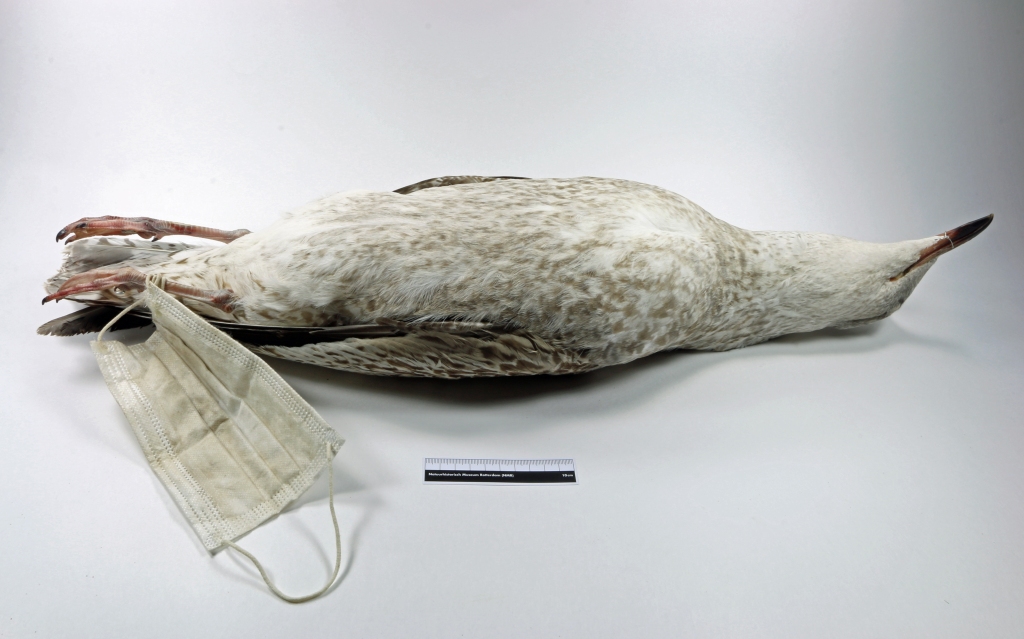
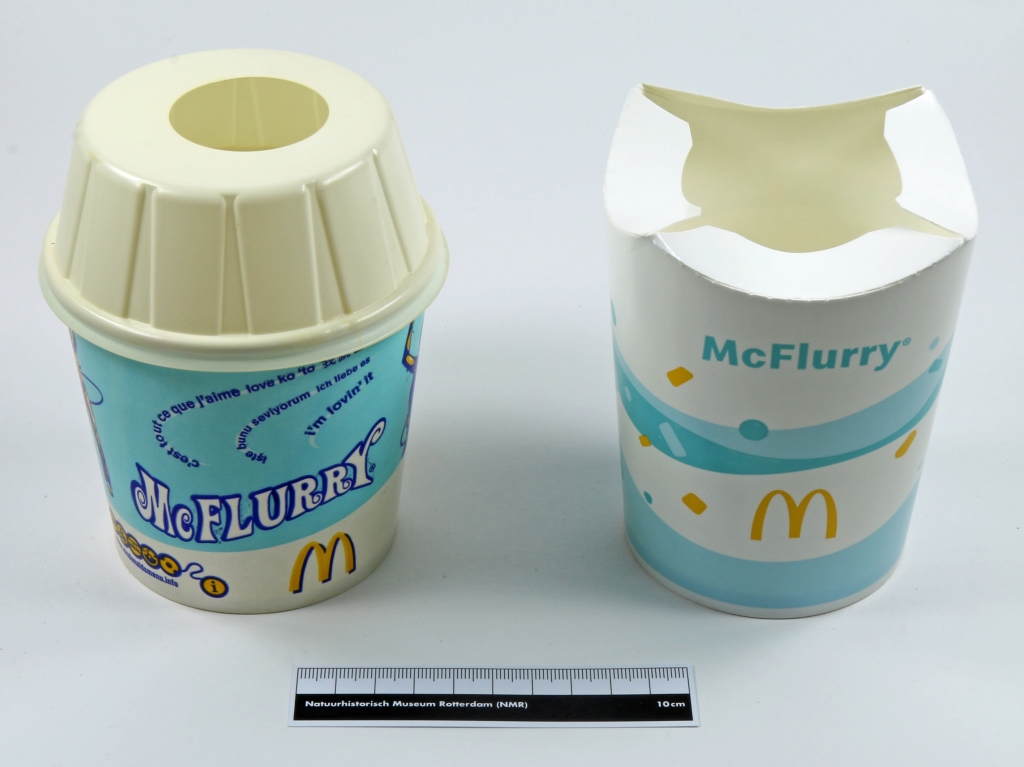
Bronnen:
Hiemstra, A.-F., Rambonnet, L., Gravendeel, B. & Schilthuizen, M. 2021 – The effects of COVID-19 litter on animal life – Animal Biology: doi.org/10.1163/15707563-bja10052
Kompanje, E.J.O. 2021 – Gevleugelde coronadoden [blog] – https://kompanje.org/2021/01/03/gevederde-coronadoden/
Moeliker, K. 2009 – De McFlurry Egel [column] – Vara’s Vroege Vogels https://www.bnnvara.nl/vroegevogels/artikelen/kees-moeliker-de-mcflurry-egel

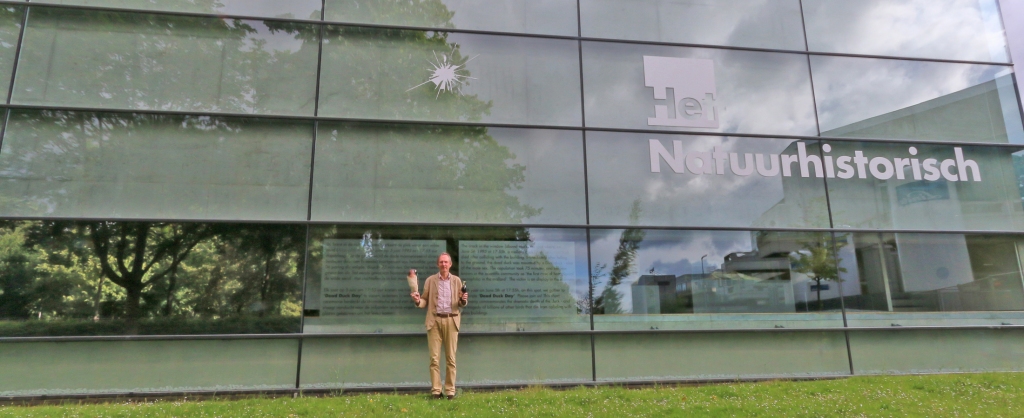
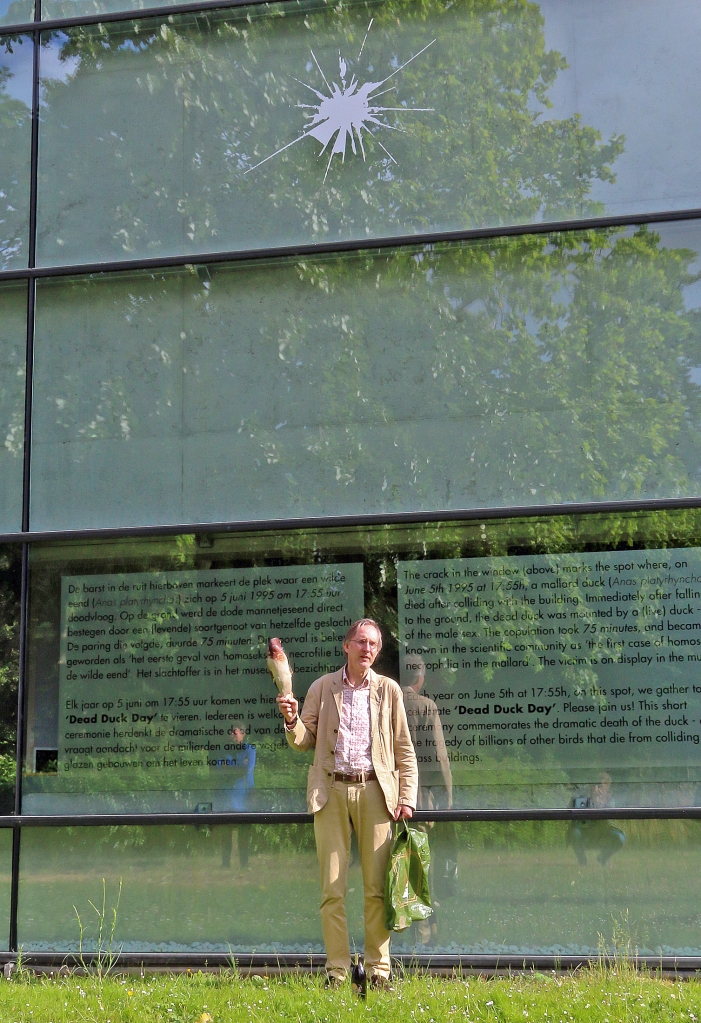
 Monday June 5th, 2017 is the 22nd edition of
Monday June 5th, 2017 is the 22nd edition of  The special ‘Dead Duck Day Message’, this year delivered in person by
The special ‘Dead Duck Day Message’, this year delivered in person by 









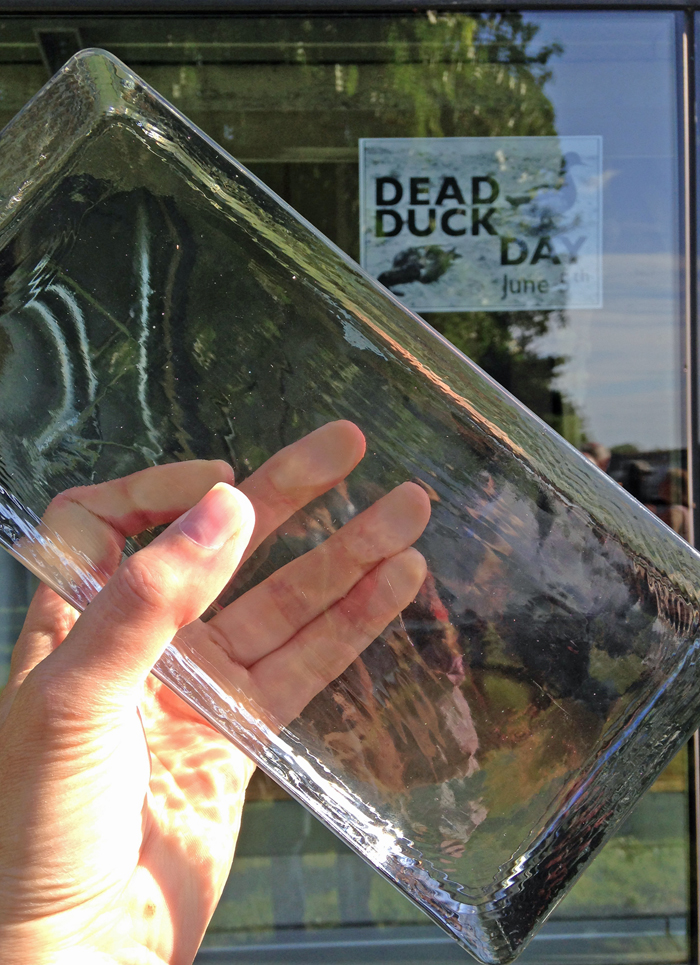

 al College, London, as part of the Ig Nobel Tour of the UK. (click
al College, London, as part of the Ig Nobel Tour of the UK. (click 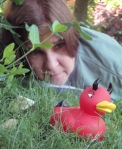








![Dead Duck Day 2009 [foto Garry Bakker]](https://moeliker.files.wordpress.com/2012/05/ddd2009gboverviewweb.jpg)

You must be logged in to post a comment.